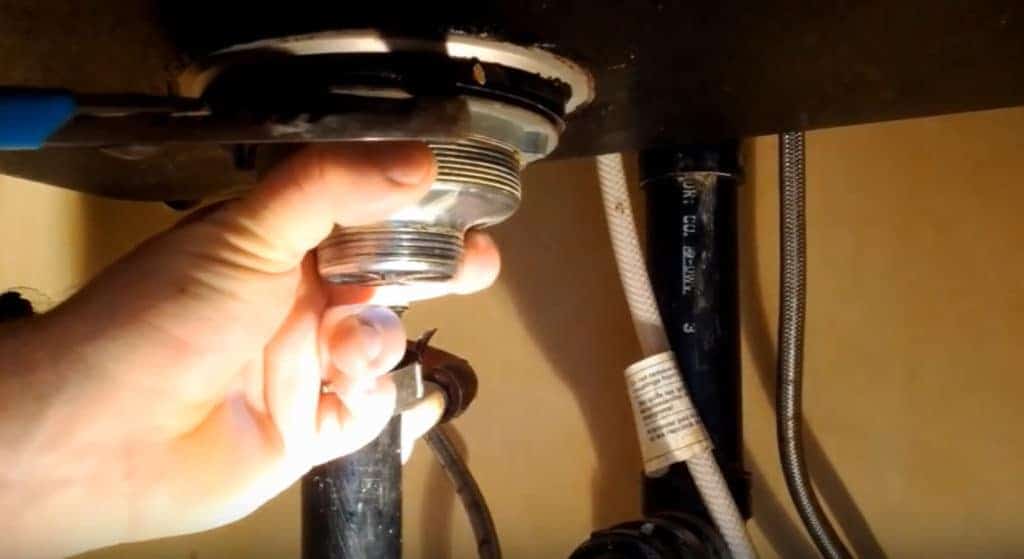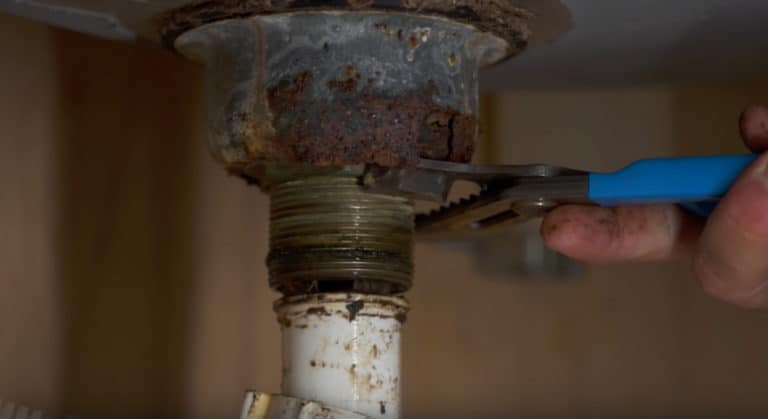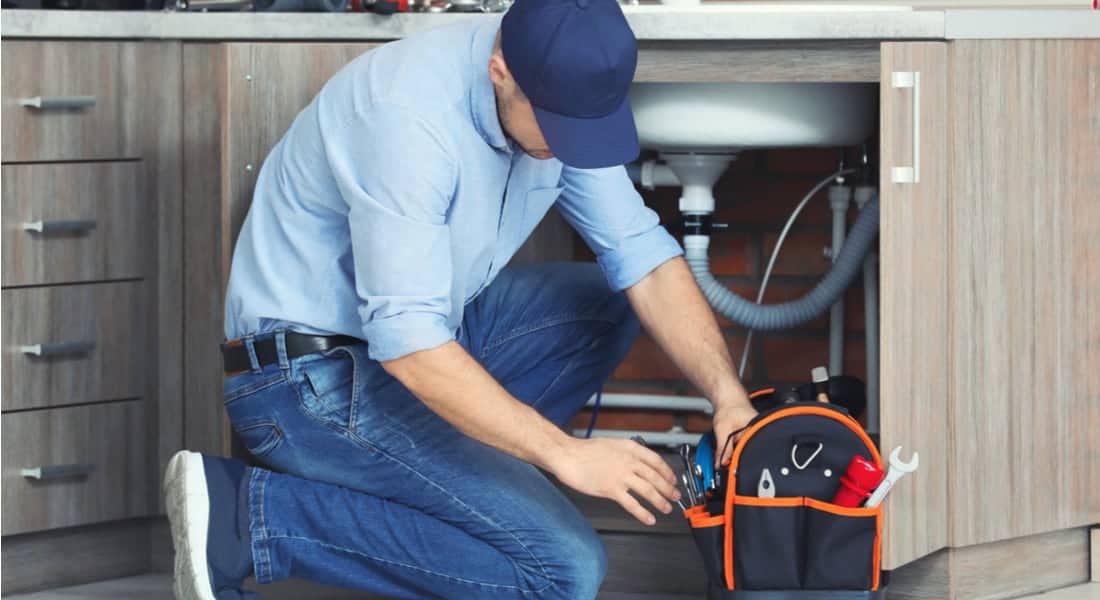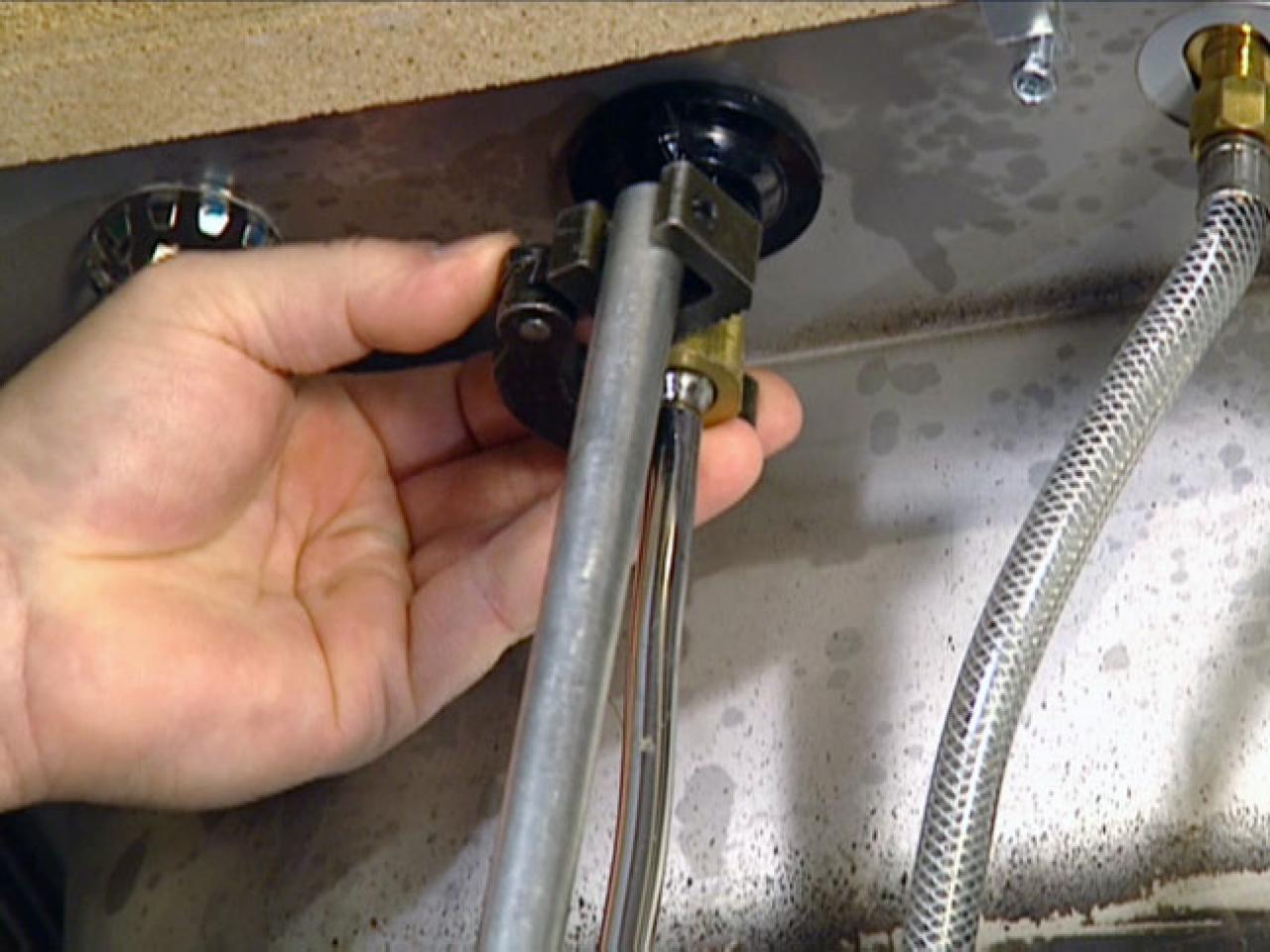How to Remove Kitchen Sink Pipes
Removing kitchen sink pipes may seem like a daunting task, but with the right tools and knowledge, it can be a simple and straightforward process. Whether you are replacing old pipes or dealing with a clog, knowing how to remove kitchen sink pipes is an essential skill for any homeowner. In this step-by-step guide, we will walk you through the process and provide some helpful tips and tricks along the way.
Step-by-Step Guide for Removing Kitchen Sink Pipes
Before you start, gather all the necessary tools and materials. This includes a bucket, pipe wrench, plumber's tape, and a new set of pipes if needed. Once you have everything ready, follow these steps:
Step 1: Start by turning off the water supply to your sink. You can usually find the shut-off valve under the sink or in the basement. Turning off the water supply will prevent any leaks or spills during the removal process.
Step 2: Place a bucket under the sink to catch any water that may spill out when you start removing the pipes. This will also help with clean-up later on.
Step 3: Using a pipe wrench, loosen the slip nuts that connect the pipes to the sink drain and the main drain. Make sure to hold onto the pipes to prevent them from falling and causing any damage.
Step 4: Once the slip nuts are loosened, carefully remove the pipes and place them in the bucket. You may need to use some force, but be gentle to avoid damaging the pipes or the sink.
Step 5: If you are dealing with a clog, use a plumbing snake or a plunger to clear it out before removing the pipes. This will make the removal process much easier and prevent any mess or spills.
Step 6: Inspect the pipes for any signs of damage or wear and tear. If they are in good condition, you can simply clean them and reattach them. However, if they are damaged, it's best to replace them with a new set.
Removing Kitchen Sink Pipes: A DIY Tutorial
Removing kitchen sink pipes is a task that can be done by any homeowner with some basic DIY skills. Not only does it save you money, but it also gives you a sense of accomplishment. With this step-by-step guide, you can confidently tackle this project on your own and avoid the hassle and cost of hiring a plumber.
Tools Needed for Removing Kitchen Sink Pipes
Having the right tools is crucial for any DIY project, and removing kitchen sink pipes is no exception. Here are the essential tools you will need for this task:
Bucket: This will catch any water or debris that may spill out during the removal process.
Pipe wrench: This will help you loosen the slip nuts and remove the pipes without causing any damage.
Plumber's tape: This will ensure a secure and leak-free connection when you reattach the pipes.
New set of pipes: If the existing pipes are damaged, it's best to replace them with a new set to prevent any future issues.
Common Mistakes to Avoid When Removing Kitchen Sink Pipes
While removing kitchen sink pipes may seem like a simple task, there are some common mistakes that many homeowners make. Here are a few things to avoid to ensure a smooth and successful removal process:
Not turning off the water supply: This can lead to leaks and spills, making the process more difficult and messy.
Using too much force: Being too rough can cause damage to the pipes or the sink, leading to costly repairs.
Not inspecting the pipes: It's important to check the condition of the pipes before reattaching them to avoid any future issues.
Removing Kitchen Sink Pipes: Tips and Tricks
Here are some helpful tips and tricks to make the removal process even easier:
Label the pipes: If you are removing multiple pipes, it's a good idea to label them with a marker or tape before taking them apart. This will make it easier to reattach them in the correct order.
Clean the pipes: Before reattaching the pipes, make sure to clean them thoroughly to prevent any clogs or build-up.
Apply plumber's tape: This will ensure a tight and leak-free connection between the pipes and the sink drain.
Removing Kitchen Sink Pipes: What You Need to Know
Before starting the removal process, there are a few things you should keep in mind:
Safety first: Make sure to wear protective gear, such as gloves and safety glasses, to prevent any injuries.
Check for leaks: After reattaching the pipes, turn on the water supply and check for any leaks. If you notice any, tighten the slip nuts or replace them with new ones.
Seek professional help if needed: If you encounter any issues or don't feel confident in your DIY skills, it's best to seek the help of a professional plumber.
Removing Kitchen Sink Pipes: Safety Precautions to Take
While removing kitchen sink pipes may not seem like a dangerous task, it's important to take some safety precautions to avoid any accidents or injuries. Here are some safety tips to keep in mind:
Turn off the water supply: This will prevent any spills or leaks during the removal process.
Use proper tools: Using the right tools for the job will make the process easier and safer.
Be careful when using force: If you need to use some force to loosen the slip nuts, do so carefully to avoid any damage.
Removing Kitchen Sink Pipes: Troubleshooting Common Issues
If you encounter any issues during the removal process, here are some common problems and how to troubleshoot them:
Pipes won't budge: If the pipes are stuck, try using some lubricant or applying heat with a blowtorch to loosen them.
Leaking pipes: Make sure the slip nuts are tightened securely, or replace them with new ones if they are damaged.
Broken pipes: If the pipes are damaged, it's best to replace them with a new set to prevent any future problems.
Removing Kitchen Sink Pipes: Final Steps and Clean-Up
Once you have successfully removed and reattached the kitchen sink pipes, it's time to clean up. Here are the final steps:
Check for leaks: Turn on the water supply and check for any leaks. If everything is secure, you should have a leak-free sink drain.
Clean the area: Dispose of any debris and clean the area around the sink to remove any spills or mess.
Dispose of old pipes: If you replaced the pipes, make sure to dispose of the old ones properly.
Removing kitchen sink pipes may seem like a daunting task, but with the right knowledge and tools, it can be a simple and satisfying DIY project. By following this guide and taking the necessary precautions, you can remove and reattach your kitchen sink pipes with ease.
Why Properly Maintaining Your Kitchen Sink Pipes is Essential for a Functional Home

The Importance of Regular Pipe Maintenance
 Properly functioning
kitchen sink pipes
are essential for a functional and efficient home. These pipes are responsible for carrying water and waste away from your kitchen, preventing clogs and leaks that can lead to costly repairs. As a homeowner, it is important to understand the importance of regular pipe maintenance and how it can benefit your house in the long run.
Properly functioning
kitchen sink pipes
are essential for a functional and efficient home. These pipes are responsible for carrying water and waste away from your kitchen, preventing clogs and leaks that can lead to costly repairs. As a homeowner, it is important to understand the importance of regular pipe maintenance and how it can benefit your house in the long run.
Preventing Clogs and Blockages
/how-to-install-a-sink-drain-2718789-hero-24e898006ed94c9593a2a268b57989a3.jpg) One of the main reasons to regularly maintain your kitchen sink pipes is to prevent clogs and blockages. Over time, food scraps, grease, and other debris can build up in your pipes, causing them to become clogged. This can result in slow draining water, foul odors, and even complete blockages. By regularly cleaning your pipes, you can prevent these issues and keep your kitchen sink functioning properly.
One of the main reasons to regularly maintain your kitchen sink pipes is to prevent clogs and blockages. Over time, food scraps, grease, and other debris can build up in your pipes, causing them to become clogged. This can result in slow draining water, foul odors, and even complete blockages. By regularly cleaning your pipes, you can prevent these issues and keep your kitchen sink functioning properly.
Extending the Lifespan of Your Pipes
 Just like any other component of your home,
kitchen sink pipes
have a limited lifespan. However, with proper maintenance, you can extend their lifespan and avoid the need for costly repairs or replacements. Regular cleaning and inspections can help identify any potential issues early on, allowing you to address them before they escalate into bigger problems.
Just like any other component of your home,
kitchen sink pipes
have a limited lifespan. However, with proper maintenance, you can extend their lifespan and avoid the need for costly repairs or replacements. Regular cleaning and inspections can help identify any potential issues early on, allowing you to address them before they escalate into bigger problems.
Preventing Water Damage
 Leaking pipes can cause serious water damage to your home if left untreated. This can lead to mold growth, structural damage, and even health hazards. By regularly maintaining your kitchen sink pipes, you can identify and fix any leaks before they cause extensive damage to your home. This not only protects your house but also saves you from the expensive and time-consuming repairs that come with water damage.
Leaking pipes can cause serious water damage to your home if left untreated. This can lead to mold growth, structural damage, and even health hazards. By regularly maintaining your kitchen sink pipes, you can identify and fix any leaks before they cause extensive damage to your home. This not only protects your house but also saves you from the expensive and time-consuming repairs that come with water damage.
Improving Overall Functionality
 In addition to preventing clogs and leaks, regular maintenance can also improve the overall functionality of your kitchen sink. By keeping your pipes clean and clear, water can flow freely, allowing for faster and more efficient drainage. This can also help prevent foul odors from lingering in your kitchen, making it a more pleasant environment for cooking and entertaining.
In conclusion, properly maintaining your
kitchen sink pipes
is crucial for a functional and efficient home. By preventing clogs and blockages, extending the lifespan of your pipes, preventing water damage, and improving overall functionality, regular maintenance can save you time, money, and stress in the long run. Make it a part of your household routine to regularly clean and inspect your kitchen sink pipes, and you'll enjoy a functional and well-maintained home for years to come.
In addition to preventing clogs and leaks, regular maintenance can also improve the overall functionality of your kitchen sink. By keeping your pipes clean and clear, water can flow freely, allowing for faster and more efficient drainage. This can also help prevent foul odors from lingering in your kitchen, making it a more pleasant environment for cooking and entertaining.
In conclusion, properly maintaining your
kitchen sink pipes
is crucial for a functional and efficient home. By preventing clogs and blockages, extending the lifespan of your pipes, preventing water damage, and improving overall functionality, regular maintenance can save you time, money, and stress in the long run. Make it a part of your household routine to regularly clean and inspect your kitchen sink pipes, and you'll enjoy a functional and well-maintained home for years to come.














:max_bytes(150000):strip_icc()/how-to-install-a-sink-drain-2718789-hero-24e898006ed94c9593a2a268b57989a3.jpg)

















































